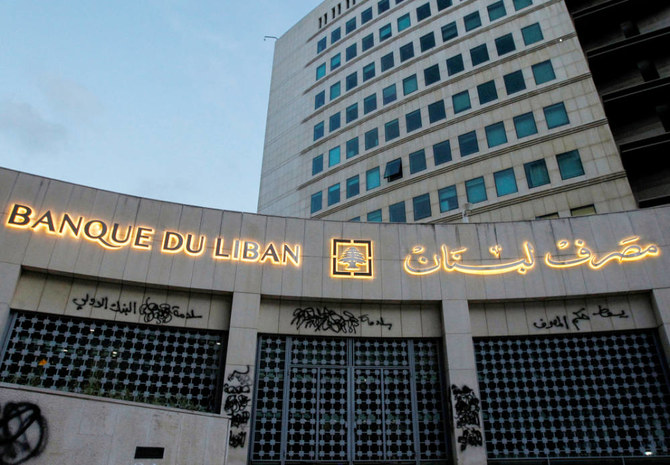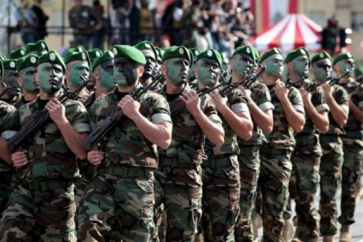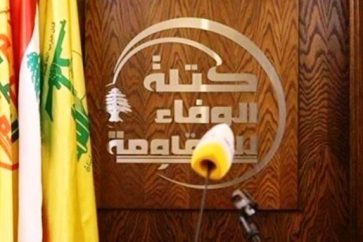Mohammad Wehbe*
Translated by Areej Fatima Al-Husseini
On December 31, 2022, the dollar price against the Lebanese pound (lira) was 42000 LBP. However, it has now exceeded 100000 LBP, an increase of more than 138% in 72 days. This might be the highest surge since the national currency’s crash in mid-2019. However, based on the policies implemented so far, it is an anticipated surge, if not an unavoidable one. The great capabilities that the authorities had at the beginning of the recession to intervene and slow the slide have gradually dwindled, leading to the period we are witnessing now, which does not represent the bottom of the crisis.
The Crisis Onset
The Lebanese Central Bank had $32.5 billion in foreign currency assets at the beginning of 2019. Now, it has $9.7 bn at the end of last February, implying that the Banque du Liban (BDL) has spent around $22.8 bn.
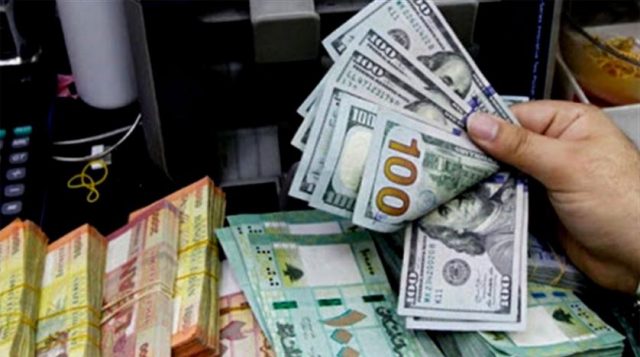
These dollars were allegedly spent on plundered subsidies, financing suspicious money smuggling operations, and on banks to cover their external demands, which are said to have gone into the coffers of the so-called “depositors of high priority”.
There was a need to support basic and food commodities to alleviate the impact of the crisis on the Lebanese people at that time, but the cost was high. Looting devoured more than half of the funds designated for aid, while organized looting took the majority of the remaining amounts. This was the significance of adopting a “capital control” policy from the beginning. It is a policy that strengthens the capacity to manage expenditure rather than having it monopolized by Riad Salameh, Governor of the BDL, along with his obedient Central Council.
Sustaining these funds was crucial as these assets in foreign currency are Lebanon’s sole weapon in dealing with the crisis. Such funds were squandered as part of a plan aimed at reducing the banking sector’s losses, but without attempting to stem the crisis.
In other words, this plan had nothing to do with keeping the Lebanese lira’s purchasing power. On the contrary, the aim was to devalue the national currency so that the bankrupt banks might be rescued.
BDL Controlled Lira’s Low
This implies that the BDL is in command of the currency rate’s downward trajectory and has been systematically steering the Lebanese pound’s depreciation. So, the concealed purpose of this procedure was to force people to accept the idea of the Lebanese pound’s demise as soon as an alternative was available.
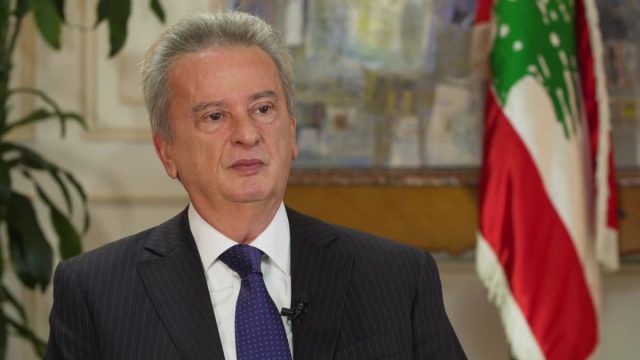
This is reflected in the expenditure of foreign currency assets in 2020. It peaked and then started decreasing when subsidies were lifted, limiting expenditure from assets to things that might be classified as essential, like state spending, political operations, or even currency speculation.
After subsidies on basic and food commodities were cut, the BDL moved into the phase of “Sayrafa” platform and Circular 161, which entails pouring dollars into the market in return for withdrawing pounds already poured.
Since the end of 2021, the central bank repeated this method several times, until it had no more significance at the beginning of the present year, with a reduction in the volume of foreign currency assets to the level of $10 billion.
The BDL’s intervention in the market to pump dollars became restricted to the dollars he obtained after deducting “necessary” expenses. In practice, it can no longer spend large sums of money to alter the exchange rate, especially since continuing to pump dollars through Circular 158 to dissolve a fraction of the deposits costs around $5 billion in the medium term. Also, the central bank cannot surpass estimations that its needs $5 billion in recapitalization.
Intervention in Market Shrunk
In short, market intervention margins have shrunk to their narrowest level. This was accompanied by fragile political circumstances and government policies covering Riad Salameh’s reluctance to finalize the deal with the IMF, as well as actions that benefited certain groups of society at the expense of others.
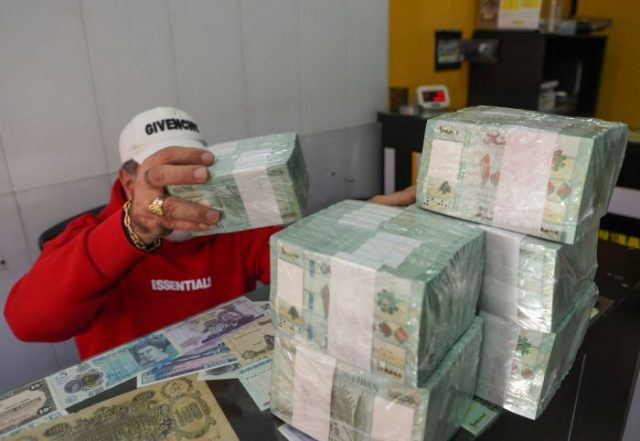
Some ministries decided to charge in dollars. In practice, the lira’s usage has become quite restricted, and it is no longer desirable. As a result, the BDL’s capacity to engage in the market through the instruments it established, such as “Sayrafa” and the Circular 161, was curtailed. Thereupon, the lira is the BDL’s sole weapon in the face of the crisis, and it’s rapidly devaluating.
Who Wants Lira and at What Cost?
A key part of what is going on in the public sector may be articulated here. The military and security sectors got foreign currency support, while public administration personnel and teachers are attempting to indirectly connect a portion of their wages to the dollar.
Activists in the economy, including businesses and individuals, recognize that the lira is the only weapon the central bank has today in dealing with the crisis, and that it has nearly ceased pumping dollars. As a result, they compete for the funds coming in from overseas.
When the BDL decides to spend its assets, everyone intends to retain money for bad days or speculation and profit. Thus, the trajectory of the Lebanese pound and the dollar is very clear. The decline is speeding up more than it has in the previous three and a half years.
More zeros on the currency rate will become only a reflection of the structural collapse of the Lebanese society and economy. Increased emigration, unemployment, poverty, and a deterioration of essential utilities like power, water, and communications… will be reported.
* Mohammad Wehbe is a journalist at Lebanese newspaper Al-Akhbar. The article was published by the daily on Wednesday, March 15, 2023.
Source: Al-Akhbar Newspaper

